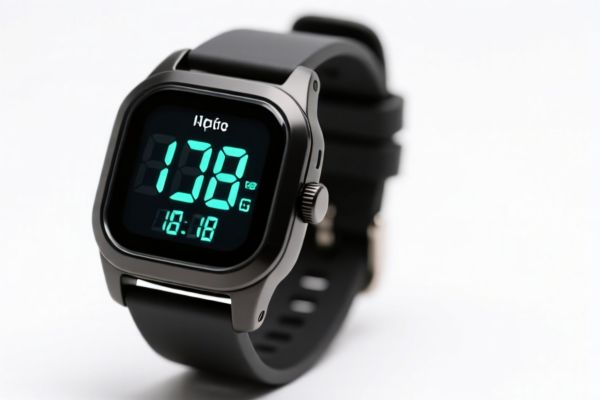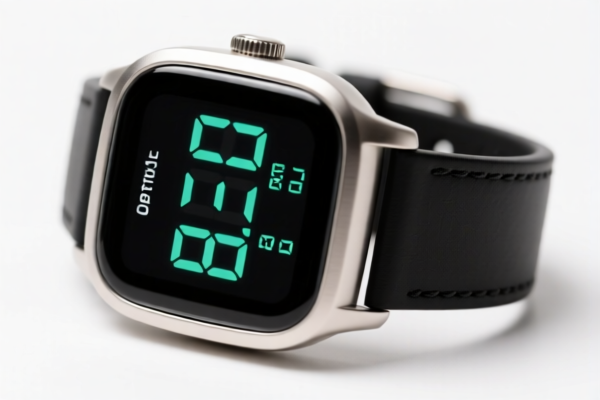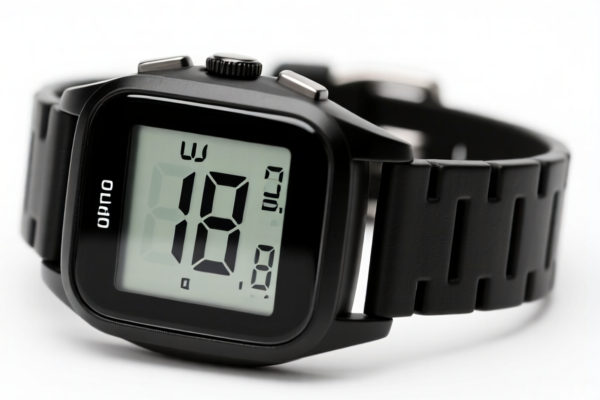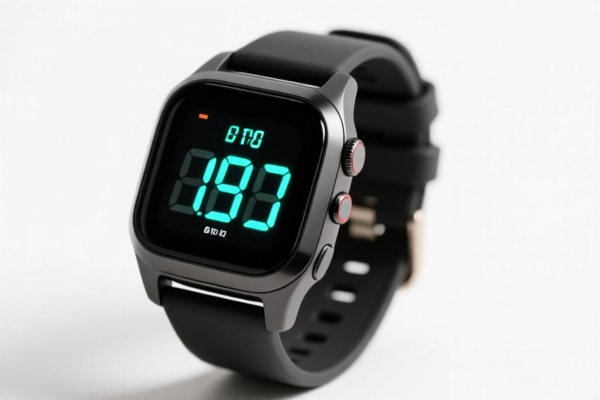| HS Code | Official Doc | Tariff Rate | Origin | Destination | Effective Date |
|---|---|---|---|---|---|
| 9101192020 | Doc | 37.5% | CN | US | 2025-05-12 |
| 9101912000 | Doc | 37.5% | CN | US | 2025-05-12 |
| 9102122000 | Doc | 30.0% | CN | US | 2025-05-12 |
| 9102124000 | Doc | 30.0% | CN | US | 2025-05-12 |




Wrist Watch
A wrist watch is a portable timekeeping device designed to be worn on the wrist. It evolved from larger portable timepieces, including pocket watches, and has become a common accessory, serving both practical and aesthetic functions.
Material
Wrist watches are constructed from a variety of materials, impacting their durability, weight, and cost. Common materials include:
- Stainless Steel: A widely used, corrosion-resistant alloy, offering a balance of strength and affordability.
- Titanium: Lightweight, strong, hypoallergenic, and corrosion-resistant, but generally more expensive than stainless steel.
- Gold: Used for luxury watches, offering aesthetic appeal and perceived value. Available in various karats (purity levels).
- Platinum: A rare and expensive metal, known for its durability and prestige.
- Ceramic: Scratch-resistant and lightweight, but can be brittle.
- Plastic/Resin: Used in affordable and sporty watches, offering durability and water resistance.
- Glass/Acrylic: Used for the watch face (crystal). Sapphire crystal is highly scratch-resistant, followed by mineral crystal, and then acrylic.
- Leather/Metal/Rubber/Fabric: Used for watch bands (straps).
Purpose & Function
The primary purpose of a wrist watch is timekeeping. However, modern wrist watches often incorporate additional functions:
- Chronograph: Measures elapsed time, typically used for sporting events.
- Date/Day Display: Indicates the current date and/or day of the week.
- Alarm: Alerts the wearer at a preset time.
- GMT/World Time: Displays multiple time zones.
- Water Resistance: Protects the watch from water damage. Measured in atmospheres (ATM) or meters.
- Dive Watch Features: Enhanced water resistance, unidirectional rotating bezel for tracking dive time, luminous markers.
- Smartwatch Functionality: Integration with smartphones for notifications, fitness tracking, and other applications (see Types below).
Usage Scenarios
Wrist watches are used in a wide range of scenarios:
- Everyday Wear: For general timekeeping and as a fashion accessory.
- Professional Use: Specific watches designed for pilots, divers, medical professionals, etc.
- Sporting Activities: Watches with chronograph, water resistance, and durability features.
- Formal Occasions: Dress watches with elegant designs.
- Luxury/Investment: High-end watches as status symbols and potential investments.
Common Types
- Analog Watches: Display time using hour, minute, and second hands on a dial.
- Digital Watches: Display time numerically using an electronic display.
- Automatic Watches: Powered by the motion of the wearer's wrist, eliminating the need for batteries.
- Quartz Watches: Powered by a battery and a quartz crystal oscillator, offering high accuracy.
- Mechanical Watches: Powered by a mainspring and a complex system of gears, requiring manual winding or automatic winding.
- Dive Watches: Designed for underwater use, with high water resistance and specialized features.
- Pilot Watches: Designed for aviation, with large dials, luminous markers, and GMT functionality.
- Dress Watches: Elegant watches with simple designs, suitable for formal occasions.
- Smartwatches: Feature advanced functionalities such as notifications, fitness tracking, and mobile app integration. These often utilize digital displays and require regular charging.
- Chronographs: Watches with stopwatch functionality.
Wrist watches fall under several classifications depending on their characteristics. Here's a breakdown of relevant HS codes based on the provided information:
- 9101.19.20.20: This HS code applies to wrist watches, pocket watches, and other watches, including stop watches, with a case of precious metal or metal clad with precious metal. Specifically, it covers electrically operated wrist watches, whether or not incorporating a stop watch facility, with opto-electronic displays only. Straps, bands, or bracelets entered with watches of subheading 9101.19.20 and classifiable therewith are also included. The total tax rate is 37.5%, comprised of a 0.0% base tariff and a 7.5% additional tariff, increasing to 30.0% after April 2, 2025.
- 9101.91.20.00: This HS code also covers wrist watches, pocket watches, and other watches, including stop watches, with a case of precious metal or metal clad with precious metal. It specifically applies to electrically operated wrist watches (other than those covered by 9101.19.20.20), with opto-electronic displays only. The total tax rate is 37.5%, comprised of a 0.0% base tariff and a 7.5% additional tariff, increasing to 30.0% after April 2, 2025.
- 9102.12.20.00: This HS code applies to wrist watches, pocket watches, and other watches, other than those of heading 9101. It covers electrically operated wrist watches, whether or not incorporating a stop watch facility, with opto-electronic displays only. Straps, bands, or bracelets entered with watches of subheading 9102.12.80 and classifiable therewith are also included. The total tax rate is 30.0%, comprised of a 0.0% base tariff and a 0.0% additional tariff, increasing to 30.0% after April 2, 2025.
- 9102.12.40.00: This HS code also applies to wrist watches, pocket watches, and other watches, other than those of heading 9101. It covers electrically operated wrist watches, whether or not incorporating a stop watch facility, with opto-electronic displays only. Straps, bands, or bracelets entered with watches of subheading 9102.12.80 and classifiable therewith are also included. The total tax rate is 30.0%, comprised of a 0.0% base tariff and a 0.0% additional tariff, increasing to 30.0% after April 2, 2025.
Important Note: The classification between 9101 and 9102 depends on whether the watch case is made of precious metal or metal clad with precious metal. If the case is precious metal or clad with it, use codes starting with 9101; otherwise, use codes starting with 9102.
Regarding HS codes 9102.12.20.00 and 9102.12.40.00, please note that straps, bands, or bracelets entered with watches of subheading 9102.12.80 are classifiable therewith.
Customer Reviews
No reviews yet.